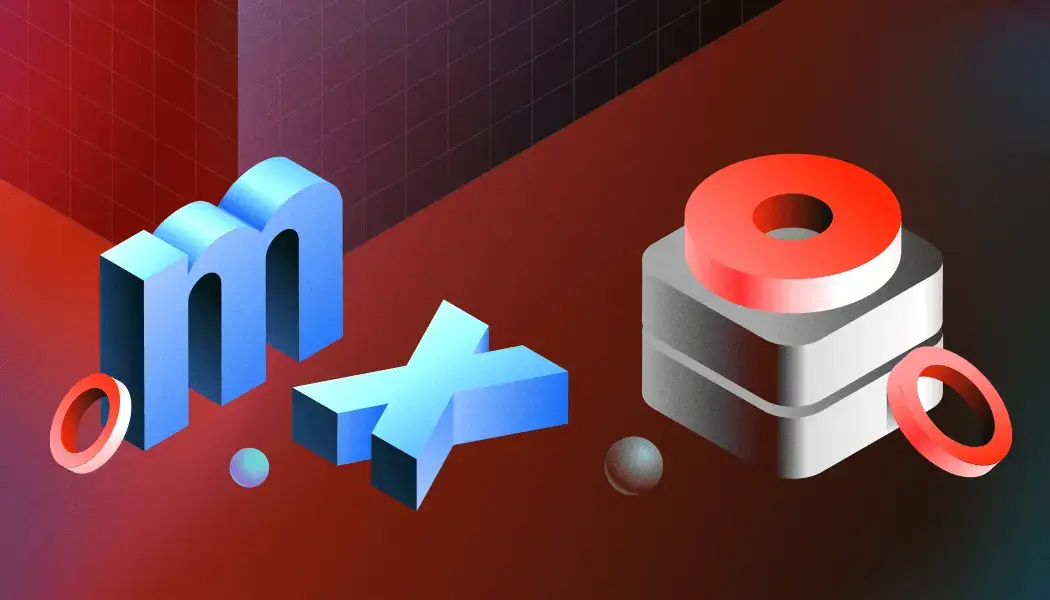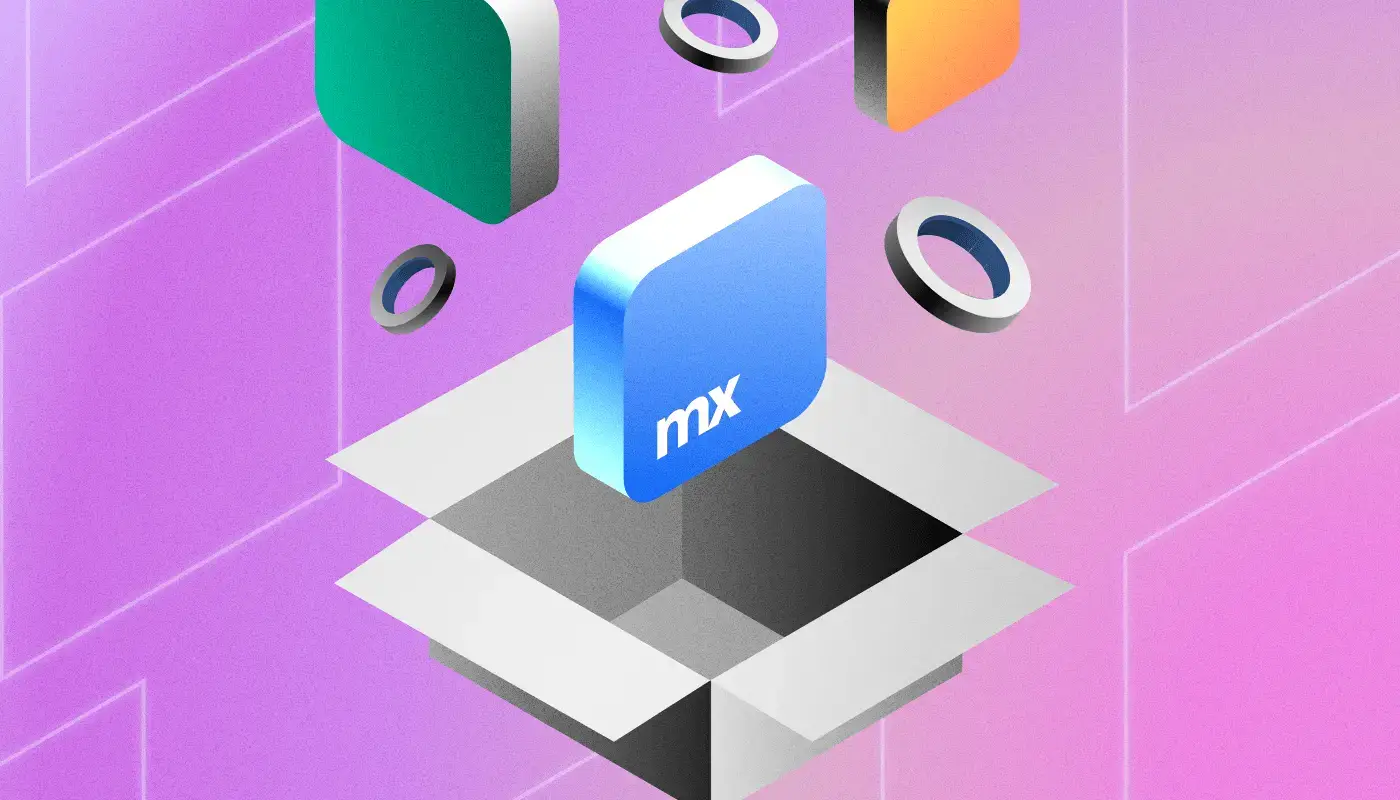
An unbiased guide to Mendix vs OutSystems: a detailed comparison
Cost awareness and operational efficiency have become a crucial factor for the majority of modern businesses. Paid with exponential development of technology, the market welcomed a variety of no- and low-code platforms. While each offers its benefits, enterprise-level solutions require more features and data capacity. That's how a well-known battle appeared: Mendix vs OutSystems.
These tools have been listed multiple times in Gartner's Magic Quadrant for low-code platforms. In 2016 Mendix and OutSystems were listed in a Leaders category, following bigger players like Microsoft and Salesforce.
Both tools have long been considered in the upper-right quadrant, providing a diverse feature list. In 2023 Mendix managed to achieve the #1 position. But does it mean it should be chosen over OutSystems?
The choice is up to you, but let us guide you through their differences first. Let's get started.
Mendix overview

Mendix, founded in 2005 and acquired by Siemens in 2018, is a low-code platform specifically designed to offer rapid application development (RAD). Mendix is often chosen because of its ease of use, flexibility, and support for both newcomers and experienced developers.
The platform suits those looking to build web, mobile, and desktop apps with minimal coding and use visual development models for process visualization.
Mendix key features
- Visual development interface: Mendix offers a drag-and-drop functionality, allowing developers to build apps visually. This simplifies the process and makes the tool suitable for users with varying technical backgrounds.
- Integrated development environment (IDE): This platform has both a web-based IDE (Mendix Studio) and a more advanced desktop IDE (Mendix Studio Pro). This means business users can enjoy Studio, while Studio Pro will best work for professional developers with more tech requirements.
- Multi-cloud deployment: Mendix allows users to deploy on various cloud platforms. These include AWS, Azure, Google Cloud, and the platform's own managed cloud service.
- Custom code: Although being low-code, Mendix offers functionality to write custom code (Java, JavaScript, or TypeScript), so tech super can opt for more complex functionalities when required.
- Collaboration features: This tool emphasizes collaboration between business and IT, so it has built-in tools for feedback, version control, and agile project management.
- AI & automation functionality: Like UI Bakery, Mendix is powered by AI and automation features, which can assist users in almost every stage of app development. Some include workflow automation, intelligent recommendations, and performance optimizations.
Mendix use cases
Mendix is a pretty versatile tool, but it is most suitable for a range of applications. These include the following:
- Enterprise apps like CRM, ERP, and supply chain management.
- Customer-facing apps, including portals and mobile apps.
- IoT and industrial apps
- Internal tools for workflow automation, process management, and more.
Mendix pros
- User-friendly interface
- Suitable for non-technical users and developers alike
- Strong focus on collaboration between IT and business teams
- Allows to speed up development and deployment cycles
- Flexibility in cloud deployments and integrations with various services
- Rich integration set
- Access the Mendix Marketplace
- Automated testing and debugging
Mendix cons
- Mendix can be expensive, particularly for small and medium-sized enterprises
- Mendix is great for small-to-medium-sized projects, but large-scale enterprise-level applications may require significant customization
- There can be a learning curve in adopting the low-code approach and for advanced features
- May have performance issues with complex applications
OutSystems overview

OutSystems, founded in 2001, is another leading low-code platform known for its robust capabilities in building enterprise-grade applications. OutSystems also suit users with different tech skills, offering a diverse feature set for building and managing complex applications. With a strong focus on app scalability and optimal performance regardless of the complexity, Mendix is also powered by advanced customization options.
OutSystems key features
- Visual development: Just like Mendix, OutSystem offers a drag-and-drop visual development environment for quicker development.
- Full-stack development: OutSystems is one of a few platforms that support full-stack development, including front-end, back-end, and database management.
- Scalability: Specifically built for large-scale enterprise applications, OutSystems ensures stable performance even with complex projects.
- Rich integration list: This platform provides extensive integration options with third-party services, APIs, databases, and enterprise systems like SAP and Salesforce.
- DevOps and lifecycle management: With built-in DevOps tools, version control, continuous integration/continuous deployment (CI/CD), and monitoring, allowing for streamlined application lifecycle management.
- Multi-experience development: This tool enables the development of apps, providing a seamless experience across different devices, including mobile, web, and desktop.
- AI-assisted development: OutSystems offers AI-driven features that assist in code suggestions, code optimization, and development automation, increasing speed and reducing manual effort.
OutSystems use cases
OutSystems is also a versatile platform. But in most cases, it is used for the following:
- Enterprise-grade applications
- Customer-facing applications, including mobile apps and web portals
- Legacy system modernization to replace or integrate with legacy systems
- Business automation to streamline internal processes
OutSystems pros
- Strong support for large-scale, enterprise-level applications with complex requirements.
- Can handle high-performance demands and large user bases.
- Extensive Integration list
- Built-in DevOps and lifecycle management tools
- AI-powered developments
- Suits for non-developers and tech users
- Drag-and-drop development environment
OutSystems cons
- OutSystems is generally considered expensive, particularly for smaller organizations.
- Although having visual development, it could be hard to understand for users with no technical backgrounds
- The depth of features results in a steeper learning curve, especially for those new to low-code platforms.
Wrapping up: Mendix vs. OutSystems
👤 Target audience
Mendix: Best for businesses seeking a more collaborative, business-driven development process.
OutSystems: Best for companies that want to build more complex, scalable enterprise applications.
👀 Ease of use
Mendix: More user friendly to non-technical users.
OutSystems: Although being visual, it tends to be more complex and suited more tech-savvy users due to its extensive feature set.
🧱 Development environment
Mendix: Visual development interface.
OutSystems: Visual development interface.
🔝 Scalability
Mendix: Offers integrations and tools for scalability but may have performance issues with complex apps.
OutSystems: Has a slight edge in handling very large, complex applications and offers robust scalability and performance features.
🧩 Integration ecosystem
Mendix: Mendix’s App Store provides ample resources to accelerate development.
OutSystems: OutSystems Forge is believed to have a more mature ecosystem for enterprise needs.
💵 Cost
Mendix: On the higher end of the pricing spectrum, but generally cheaper.
OutSystems: Also on the higher end of the pricing and tends to be more expensive with its focus on large enterprises with complex needs.
Conclusion
Mendix and OutSystems are both powerful low-code platforms, each with its own strengths. The choice between the two often comes down to the specific needs of the organization:
Choose Mendix if you want a platform that balances ease of use with powerful development capabilities and places a strong emphasis on collaboration between business and IT. Choose OutSystems if you need a platform that can handle large-scale, complex enterprise applications with a focus on performance, scalability, and extensive customization.
With these tools being in competition for years for a good reason, teams can also consider other options that sometimes have even more advanced functional and cost-efficient pricing. For example, UI Bakery is an intuitive visual internal tool builder tailored to small projects and complex internal apps alike.
It comes with pre-made templates, customizable UI components, AI-assisted development, and a drag-and-drop editor. With pricing that starts from $10 per developer per month, UI Bakery will suit teams of all sizes and users with different skill levels.





